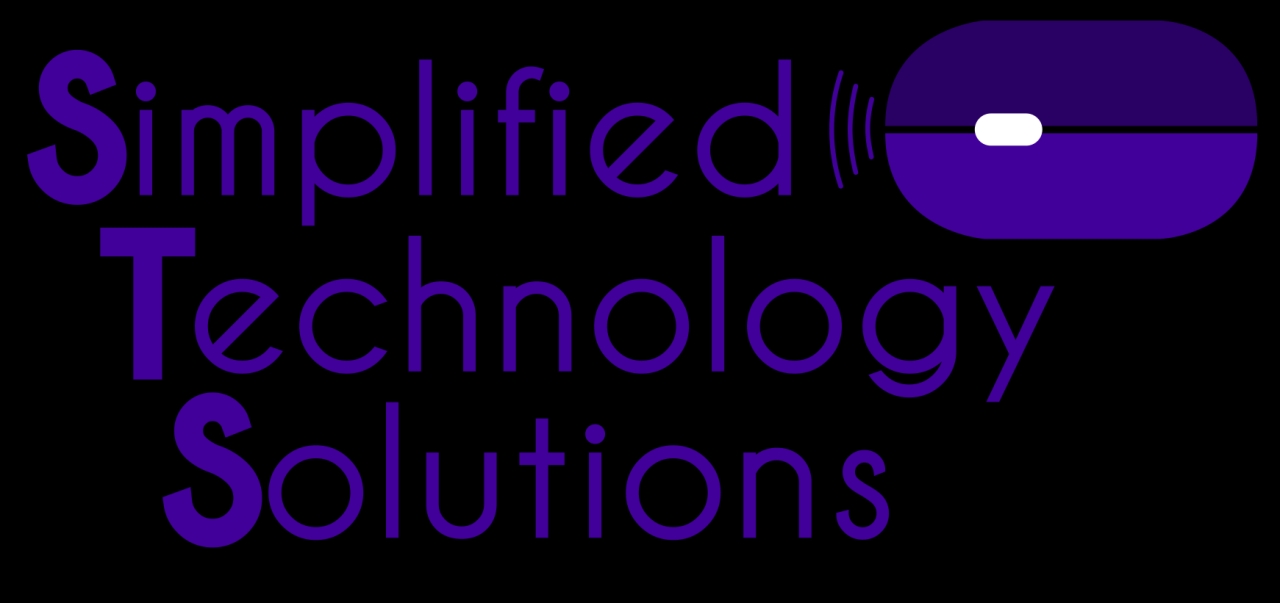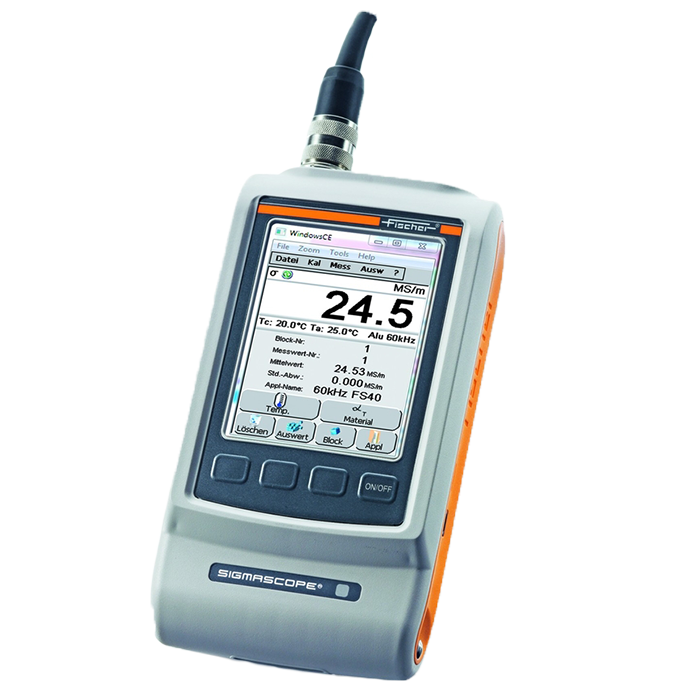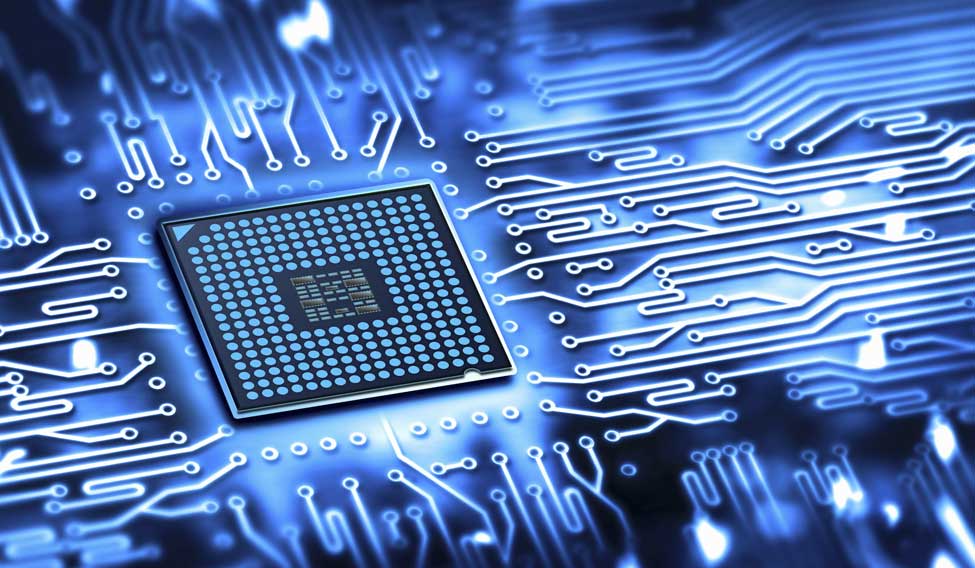Simplified Technology Solutions: Making Tech Easy
Simplified technology solutions are revolutionizing how we interact with technology. By prioritizing user-friendliness, accessibility, and ease of implementation, these solutions are breaking down barriers and making complex systems more accessible […]

Simplified technology solutions are revolutionizing how we interact with technology. By prioritizing user-friendliness, accessibility, and ease of implementation, these solutions are breaking down barriers and making complex systems more accessible to everyone.
From healthcare to education, simplified technology is transforming industries by streamlining processes, enhancing efficiency, and ultimately improving user experiences. This shift towards simplicity is not just about making technology easier to use; it’s about unlocking its full potential to empower individuals and organizations.
Key Elements of Simplified Technology
Technology simplification is about making complex systems and tools more accessible and user-friendly. This involves designing intuitive interfaces, automating tasks, and presenting information in a clear and understandable manner. By removing barriers to entry, simplified technology empowers individuals to engage with technology effectively, leading to greater productivity and innovation.
Intuitive Interfaces
Intuitive interfaces play a crucial role in simplifying technology. They enable users to interact with systems and applications naturally, without requiring extensive training or technical knowledge.
- Consistency: Maintaining consistent design elements, such as button placement, icons, and navigation menus, creates a familiar and predictable experience for users, making it easier to learn and navigate the interface.
- Clear and Concise Language: Using clear and concise language in labels, menus, and prompts ensures that users understand the purpose and functionality of each element.
- Visual Hierarchy: Organizing information visually through the use of color, size, and spacing helps users prioritize and understand the most important elements of the interface.
For example, consider the success of Apple’s iOS operating system. The user interface is designed to be intuitive and easy to navigate, even for first-time users. The consistent use of icons, gestures, and a clear visual hierarchy makes it simple to find and use different apps and features.
Automation
Automation is another key element in simplifying technology. By automating repetitive tasks, users can free up time and focus on more complex or creative work.
- Streamlining Processes: Automation streamlines workflows by eliminating manual steps and reducing errors. This can be seen in industries like manufacturing, where robots are used to perform repetitive tasks with high accuracy and efficiency.
- Personalization: Automation can personalize experiences by tailoring content and services to individual preferences. For example, email marketing platforms use automation to send personalized emails based on user behavior and interests.
- Data-Driven Decisions: Automation enables businesses to collect and analyze data more efficiently, leading to better decision-making. For instance, financial institutions use automated systems to analyze customer data and identify potential fraud risks.
The rise of artificial intelligence (AI) has significantly advanced automation capabilities. AI-powered chatbots, for example, can automate customer service interactions, providing instant support and resolving queries efficiently.
Data Visualization
Data visualization is crucial for simplifying technology by presenting complex information in an easily understandable and digestible format.
- Visual Representation: Visualizing data through charts, graphs, and dashboards allows users to quickly identify patterns, trends, and insights that might be difficult to discern from raw data.
- Improved Communication: Data visualization facilitates effective communication by making information more accessible and engaging. This is particularly important for sharing insights with stakeholders who may not have a technical background.
- Data-Driven Decision-Making: By providing a clear and concise representation of data, visualization empowers users to make informed decisions based on evidence rather than intuition.
For example, the healthcare industry uses data visualization to track patient health metrics, identify potential health risks, and monitor the effectiveness of treatment plans. This allows medical professionals to make informed decisions about patient care and improve overall outcomes.
The Future of Simplified Technology: Simplified Technology Solutions

The future of technology is undeniably intertwined with the pursuit of simplicity. As technology continues to evolve at a rapid pace, the need for user-friendly, intuitive solutions becomes increasingly critical. This drive towards simplification is not merely about making technology more accessible but also about unlocking its full potential and making it more effective for everyone.
The Role of Artificial Intelligence and Machine Learning, Simplified technology solutions
Artificial intelligence (AI) and machine learning (ML) are poised to play a pivotal role in simplifying technology. These technologies have the potential to automate complex tasks, learn from user behavior, and adapt to individual needs. Imagine a world where AI-powered assistants anticipate your needs, personalize your digital experiences, and seamlessly integrate with various devices and services. This seamless integration will create a more intuitive and effortless user experience, reducing the learning curve and making technology accessible to a wider audience.
Emerging Trends in Simplified Technology
Several emerging trends are shaping the future of simplified technology, paving the way for a more user-centric and accessible digital landscape.
- Natural Language Processing (NLP): NLP allows computers to understand and interpret human language, making interactions with technology more natural and intuitive. Imagine interacting with your devices using voice commands or simply typing in your requests, eliminating the need for complex interfaces and menus.
- Low-Code and No-Code Platforms: These platforms empower individuals with limited technical expertise to create applications and solutions without extensive coding knowledge. This democratization of technology development will enable more people to participate in the digital world, leading to a more diverse and innovative landscape.
- Internet of Things (IoT): The proliferation of interconnected devices creates a network of intelligent systems that can simplify everyday tasks. Imagine a smart home that automatically adjusts the temperature, lighting, and security based on your preferences and real-time data. This interconnectedness fosters a more seamless and integrated digital experience.
A Visual Representation of the Future Landscape
Imagine a futuristic cityscape where buildings seamlessly integrate with nature, powered by renewable energy sources. In this city, residents interact with technology through intuitive interfaces, powered by AI and ML. They use voice commands to control their smart homes, access personalized information, and navigate their surroundings effortlessly. Imagine holographic displays projecting information onto any surface, making data visualization more immersive and accessible. This vision of the future represents a world where technology is no longer a barrier but a powerful tool for enhancing our lives.
Ending Remarks

As technology continues to evolve, the demand for simplified solutions will only grow. The future of technology is about making complex systems intuitive and accessible, allowing everyone to harness the power of innovation. By embracing simplified technology, we can unlock a future where technology empowers, rather than intimidates, and where everyone can benefit from its transformative potential.
In today’s world, simplified technology solutions are essential for streamlining operations and boosting productivity. Companies like msr technology group are leading the way by providing user-friendly platforms that make complex processes accessible to everyone. These simplified solutions empower businesses to focus on their core strengths while technology seamlessly supports their growth and success.









